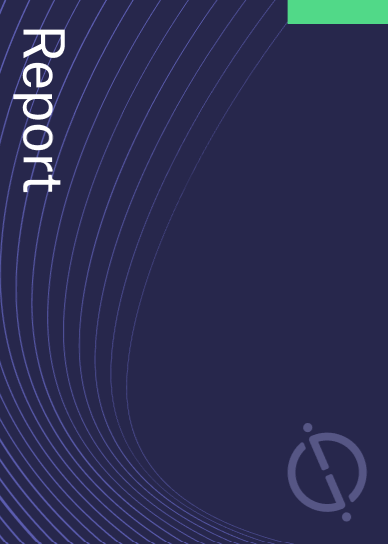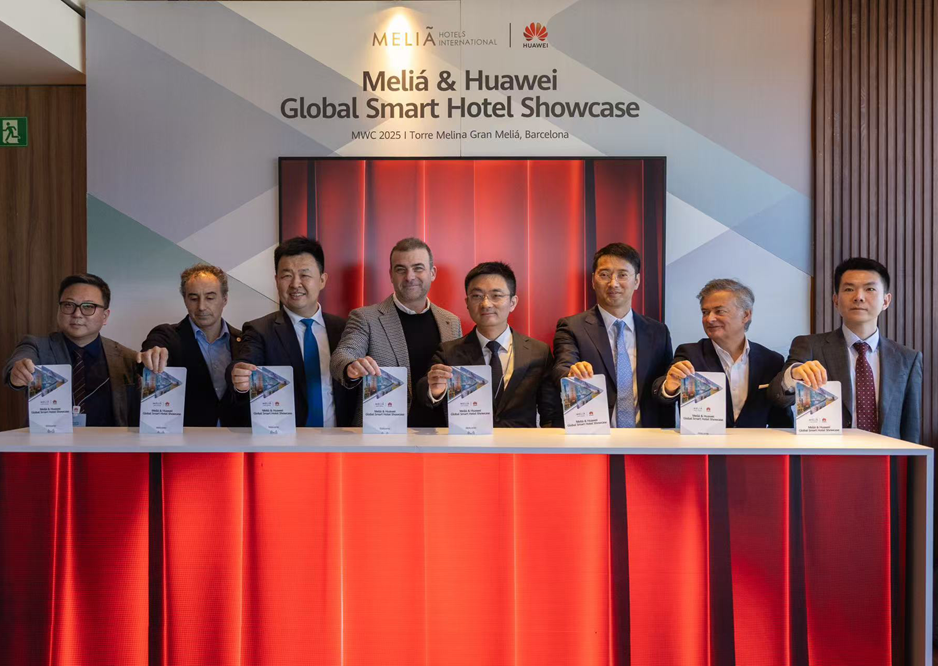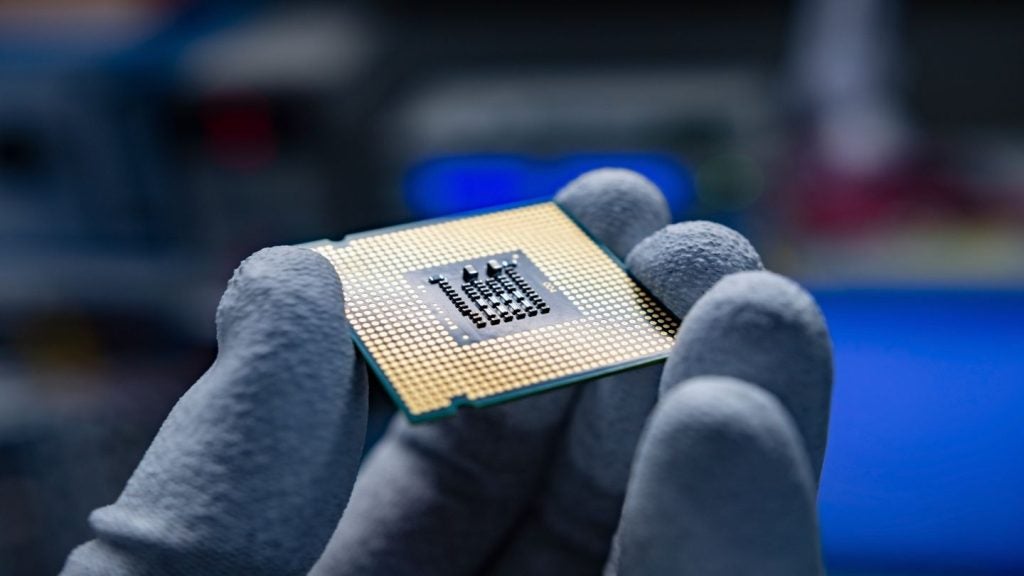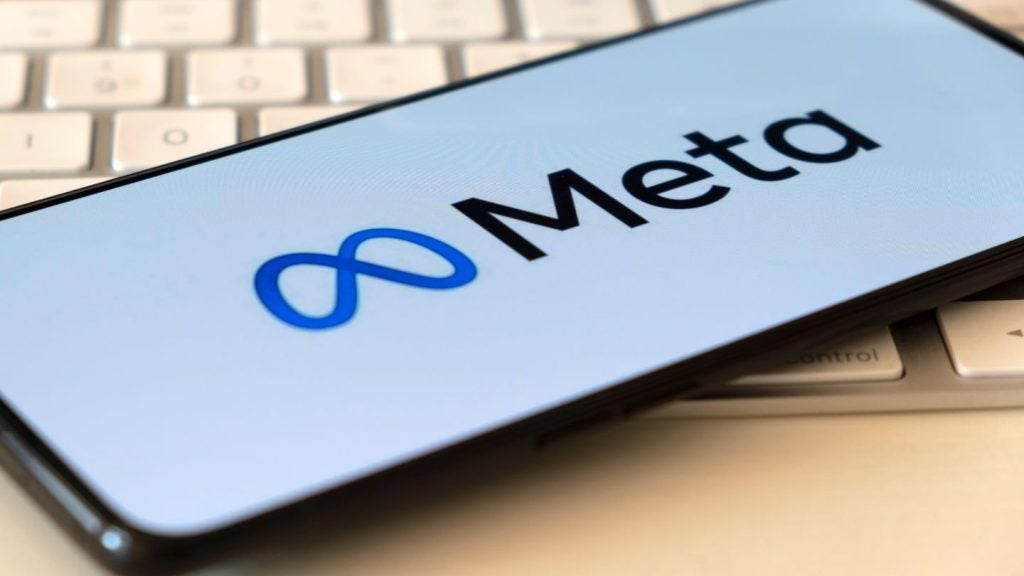Block has been granted a patent for a method implemented by a payment processing system that allows for transaction modification based on modeled profiles. The system receives transaction data and generates profiles using a trained model. It then determines if a characteristic of the transaction corresponds to a profile and generates a communication to enable the buyer or merchant to modify the transaction. The communication may include an up-selling recommendation and is sent prior to the transaction taking place. GlobalData’s report on Block gives a 360-degree view of the company including its patenting strategy. Buy the report here.
According to GlobalData’s company profile on Block, Social commerce was a key innovation area identified from patents. Block's grant share as of September 2023 was 53%. Grant share is based on the ratio of number of grants to total number of patents.
Transaction modification based on modeled profiles


A recently granted patent (Publication Number: US11776038B2) describes a method and system for generating personalized recommendations during payment processing. The method involves a payment processing system receiving transaction data from merchant computing devices associated with multiple merchants. The system then trains a model using merchant data, buyer data, or transaction data to generate profiles.
When the system receives an indication that a buyer and a merchant are engaged in, or likely to be engaged in, a transaction, it determines if a characteristic of the transaction corresponds to a profile generated by the trained model. If there is a match, the system generates a communication for the buyer or the merchant, which is presented on a user interface of the merchant computing device.
The communication includes an up-selling recommendation for the buyer to purchase a different item than the one already selected, based on transaction data associated with other merchants. It also enables the buyer or the merchant to modify the transaction and is sent to the merchant computing device prior to the transaction taking place.
The patent also mentions additional features such as cross-selling recommendations for the buyer to purchase additional items in a different category, bundling recommendations for purchasing related items at a discounted price, and incentives.
The payment processing system comprises one or more processors and computer-readable media storing instructions for performing the operations described above. The system can determine the characteristic based on buyer identifying information, and the communication can be sent prior to or during the engagement between the buyer and the merchant.
The patent also covers the use of non-transitory computer-readable media to store instructions for performing the operations. It mentions determining probabilities and using confidence scores to associate characteristics with profiles. The trained model can be updated with updated merchant data, buyer data, or transaction data.
Overall, this patent describes a method and system for generating personalized recommendations during payment processing, allowing for targeted up-selling and cross-selling opportunities for buyers and merchants.
To know more about GlobalData’s detailed insights on Block, buy the report here.
Data Insights
From

The gold standard of business intelligence.
Blending expert knowledge with cutting-edge technology, GlobalData’s unrivalled proprietary data will enable you to decode what’s happening in your market. You can make better informed decisions and gain a future-proof advantage over your competitors.







